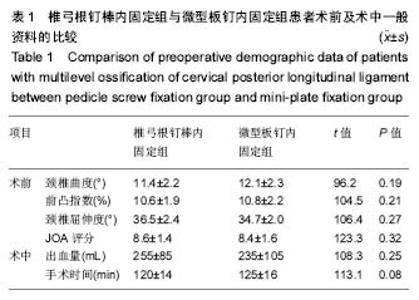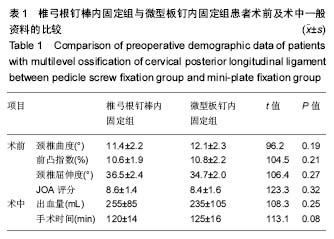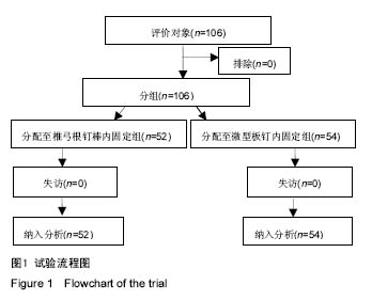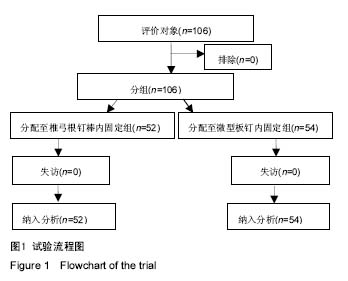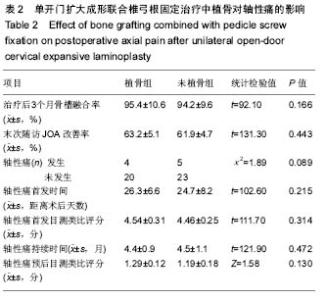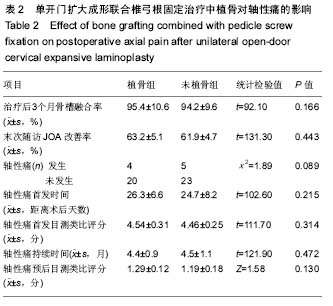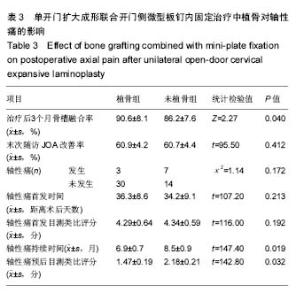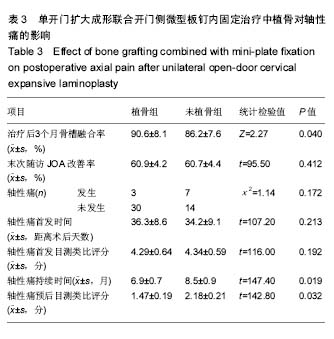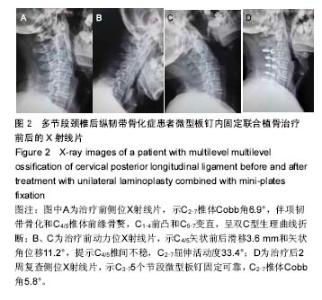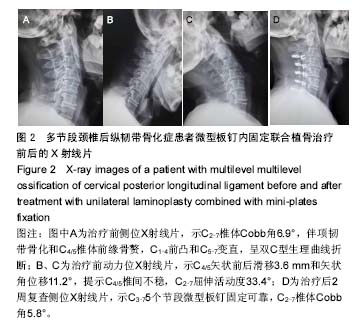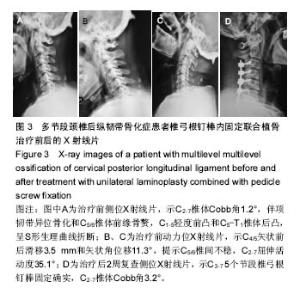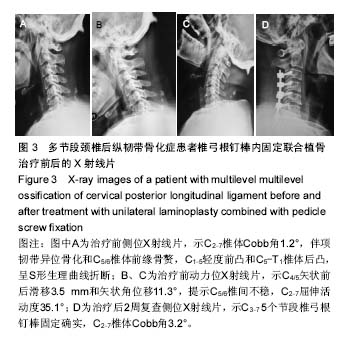| [1]刘晓伟,陈德玉,王新伟,等.颈椎后纵韧带骨化症患者K线对两种颈后路手术疗效的影响[J].中国脊柱脊髓杂志,2013,23(1):6-10. [2]陈华,刘浩,李涛,等.微型钢板侧块螺钉穿透小关节面对颈椎单开门术后轴性症状的影响[J].中国修复重建外科杂志,2013,27(11):1324-1330.[3]Kawaguchi Y,Nagami S,Nakano M,et al.Relationship between postoperative axial symptoms and the rotational angle of the cervical spine after laminoplasty.Eur J Orthop Surg Traumatol.2013;12(Suppl1):53-58.[4]Chen H,Liu H,Deng YX,et al.Multivariate analysis of factors associated with axial symptoms in unilateral expansive open-door cervical laminoplasty with miniplate fixation.Medicine.2016; 95(2):1-8.[5]张学利,夏英鹏,贾宇涛,等.Fastin锚钉在颈椎单开门椎管成形术中的应用[J].中国矫形外科杂志,2009,17(4):256-259. [6]Chang H,Baek DH,Choi BW.The relationship between increased intervertebral disc height and development of postoperative axial neck pain after anterior cervical fusion.J Korean Neurosurg.2014;55(6):343-347.[7]Ding HR,Xue Y,Tang YM,et al.Laminoplasty and laminectomy hybrid decompression for the treatment of cervical spondylotic myelopathy with hypertrophic ligamentum flavum: a retrospective study.PloS One.2014;9(4):95482-95490.[8]Wei D,Wang LF,Shen Y,et al.Long-term impacts of different posterior operations on curve,neurological recovery and axial symptoms for multilevel cervical degenerative myelopathy.Eur Spine J.2013;4(1):42-53.[9]Fujimori T,Le H,Ziewacz JE,et al.Is there a difference in range of motion, neck pain, and outcomes in patients with ossification of posterior longitudinal ligament versus those with cervical spondylosis, treated with plated laminoplasty? Neurosurg Focus. 2013;35(1):1394-1402. [10]Mitsunaga LK,Klineberg EO,Gupta MC.Laminoplasty techniques for the treatment of multilevel cervical stenosis.Adv Orthop.2012;20(12):307916-307930.[11]Riew KD,Raich AL,Dettori JR,et al.Neck pain following cervical laminoplasty : Does preservation of the C2 muscle attachment and/or C7 matter? Evid Based Spine Care J.2013;4(1):42-53. [12]Wang SJ,Jiang SD,Jiang LS,et al.Axial pain after posterior cervical spine surgery: a systematic review.Eur Spine J.2011;20(2):185-194. [13]席焱海,何海龙,余将明,等.颈椎后路ARCH椎板成形系统联合选择性侧块螺钉固定术治疗伴短节段不稳的多节段颈椎病[J].脊柱外科杂志,2016,14(6):325-329. |
